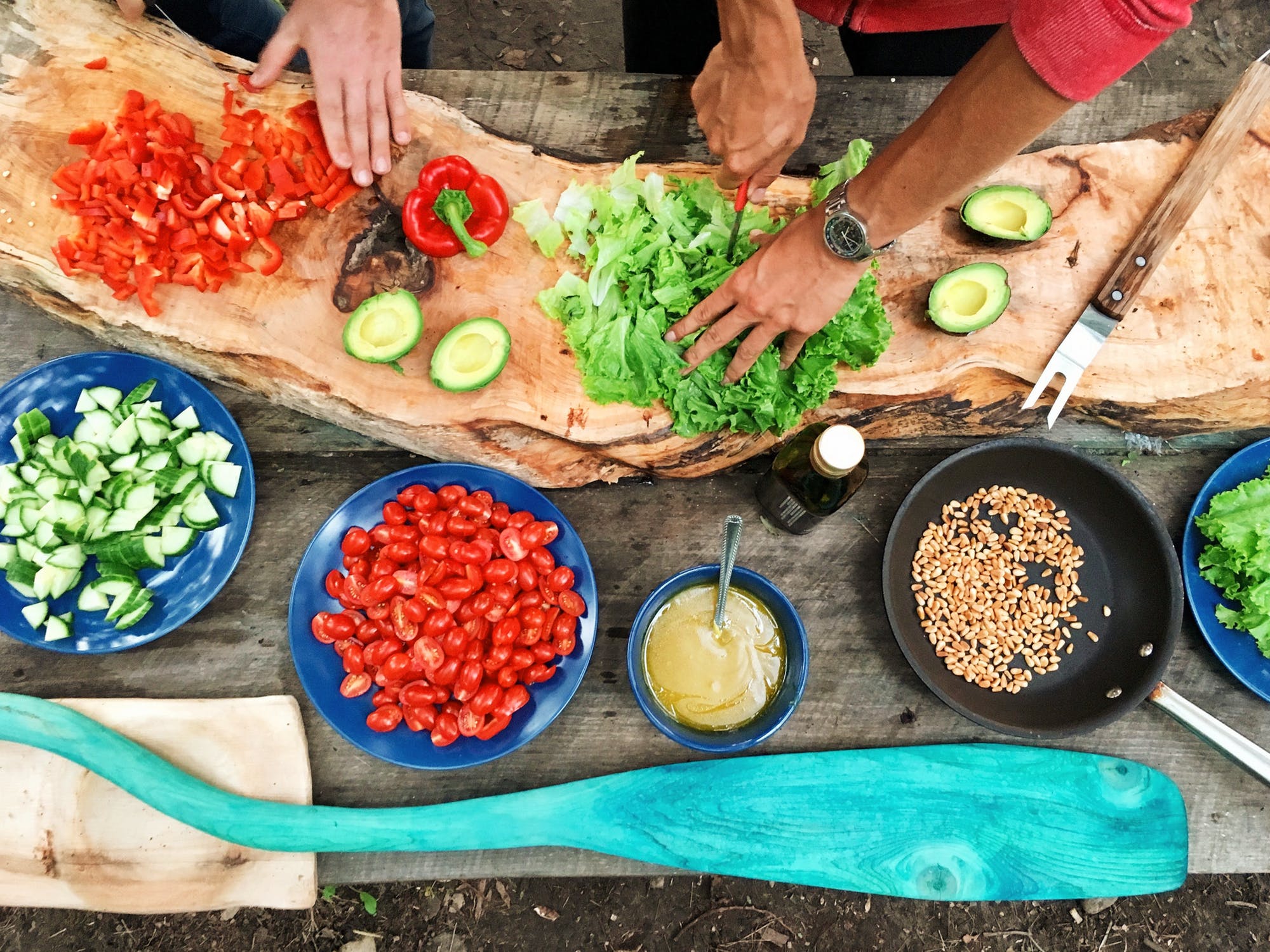Seasonal Menus That Maximize Profits
/Cooking and eating in line with the seasons is a tradition that goes way back in human history. Nowadays, you can find virtually any ingredient at any time of year. Still, seasonal dishes continue to be a popular choice for capturing the essence of a certain time of year. Light salads in summer, hearty stews in winter — there’s a reason some meals just feel “right” depending on the weather outside.
For many in the catering industry, seasonality is almost a subconscious effort. We stick to what makes sense. Unless specifically requested, there are no pumpkin-spice lattes for a wedding in May and we’re not grilling corn cobs for a holiday event.
In today’s events, seasonality is almost inevitable as the focus is placed on locally-sourced, organic foods. While you can source all of your seasonal foods from nearby farms, the value of your service isn’t just in the quality of ingredients but the creativity that goes into turning them into a beautiful, one-of-a-kind dish.
The point is that clients are prioritizing seasonal foods for their events, which is fortunately a very cost-effective way to provide top-tier services. Let’s look at a few other ways you can cut costs and maximize profits while shopping and preparing seasonal ingredients.
Build advantageous relationships
Every supplier has different rates for any ingredient, so it’s in your best interest to start growing your network. Get to know local farmers to find the best deals for meat, eggs, dairy products, grains, and produce. It may be worthwhile to buy certain items from different suppliers, ensuring that you’re getting every ingredient at the very best price.
Invest in spices
Spices are a simple yet powerful way to maximize the flavor of a meal without having to splurge on every single ingredient. Budget-friendly options, like chicken, rice, and vegetables, can all be made special with a unique spice blend.
Some spices, like paprika, cumin, and cayenne pepper, work year round, whereas other spices tend to fit well into seasonal menus. Comforting tastes, like cinnamon, cardamom, and cloves, are lovely additions to a winter feast. On the other hand, lighter flavors like mint, dill, and coriander can jazz up a summer dish.
Explore international cuisines
Other cultures can serve as excellent inspiration for seasonal meals, so take a moment to look outside of your backyard.
For example, Mediterranean dishes tend to incorporate light and fresh ingredients, like basil, olive oil and lemon juice — perfect for a spring or summer event! Alternately, countries like India and Morocco tend to opt for warmer spices for heavier dishes like curry and tajine — these would, of course, be better suited for colder months.
Mix and match
Some dishes are a hit all year round, and there’s no reason to ever leave them off the menu. Don’t be afraid to have a diverse menu that pull in both signature dishes and seasonal meals.
Better yet, get creative and reinvent your year-round choices with a new spice or grain that can evoke the seasonal feel without changing the integrity of the dish.
Seasonality doesn’t need to feel limiting; instead, embrace the time of year as an opportunity to get creative and figure out the right combination of ingredients to satisfy guests’ palates. It doesn’t need to be a costly affair, either — there are many ways to stick with in-season foods on a budget.



